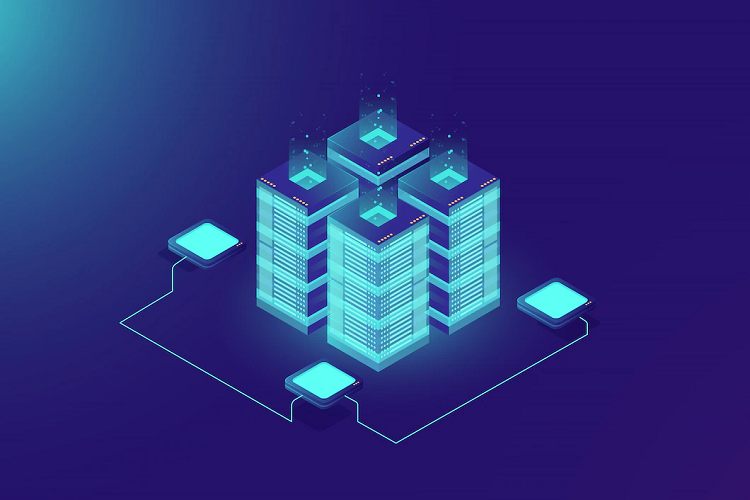

“To replace a permanent desk-based employee today is invariably going to result in a higher total cost of ownership, so the question becomes can organizations justify increased investment for the agility the platform can bring,” he said. Hill said that DaaS is great for agile computing needs, but as a replacement for the average employee’s desktop it isn’t going to always fit the bill. “The pricing of DaaS can often be misleading, as the entry point price … often covers a very light resource profile for not much more than OS or workspace hosting.” Long-term pricing, Hill says, is a major impediment to greater DaaS implementation. Go-to resources for safe, secure cloud storage (TechRepublic Premium) The vanilla approach: How open source helps deliver multicloud successīecome a Microsoft Azure administrator online and start a great career Cloud: Must-read coverageĬloud security: How your public cloud environment may be vulnerable to data breach Infrastructure, software, and computing platforms are all increasingly being hosted in the cloud, so surely desktop computers are only a step away, right? Not necessarily, at least if you ask Gartner’s Nathan Hill. SEE: Top reasons why businesses should deploy Desktop as a Service (DaaS) (TechRepublic) Is the DaaS revolution upon us?
WHAT IS THE BEST VIRTUAL MACHINE SOFTWARE 2016 WINDOWS
Most DaaS providers offer the most basic of systems that only come with standard Windows software–anything users need to do their jobs still has to be supplied and configured by the IT department. “There are two types of DaaS providers: Those that give bare bones systems and those that are business ready,” Oestreich said. It can be tempting to rush into a DaaS system to clear the clutter of a data center and the calendars of IT staff, but there are quite a few reasons why that may not be the best idea. With DaaS, all of the hardware is managed by the provider, so you won’t have to worry about rackspace, hardware breakdown, or maintenance.ĭaaS systems are subscription based and are generally charged by seat. What is DaaS?ĭaaS, as Citrix’s Kenneth Oestreich said, is “VDI that’s someone else’s problem.” At its most basic level, that’s true: DaaS is a VDI that is hosted in the cloud by a company like Citrix, Amazon, VMware, Microsoft, or Google.

Hardware failure, software issues, and anything else that could go wrong has to be handled in-house, and that can get expensive. While it’s convenient to manage hardware and software internally, VDI systems require dedicated IT staff to handle all possible contingencies. SEE: Virtualization policy (TechRepublic Premium)īut that’s not to say VDI doesn’t have its drawbacks. Latency is minimal, the IT department has complete control, and even if access to the internet goes out, work can still get done. That means the hardware, software, licensing, and deployment are all handled in-house. Since VDIs are centrally located, the IT team is responsible for managing them.

Slap a server in the data center, load it up with virtualization software, turn on some machines, and you’re good to go. Virtual desktop infrastructure (VDI) has been around for a long time, and traditionally was the only way to run a virtual desktop. Local virtual desktop infrastructures (VDIs) were the standard, but today’s bandwidth availability and cloud options make Desktop as a Service (DaaS) much more practical, and COVID-19 is making DaaS more attractive than ever. Image: Denis Isakov, Getty Images/iStockphotoĪnyone who has spent much time in an enterprise computing environment has played with a virtual machine (VM) at some point. Learn how VDI and DaaS differ so you can make the best investment for your business. DaaS: What is the difference, and which is best for your virtualization needs?ĭesktop virtualization is nothing new, but now you have two popular forms to choose from: VDI and DaaS.


 0 kommentar(er)
0 kommentar(er)
